Reposted by: Alex Imas
📅 Thurs, Oct 23 | 4-5PM
📍 Huntsman Hall G06
📩RSVP: bit.ly/4nbI9EG

Reposted by: Alex Imas
We are thrilled to have @amberalhadeff.bsky.social and @aleximas.bsky.social as the speakers for our neuroscience and social/decision science workshops
neuroeconomics.org/workshops/
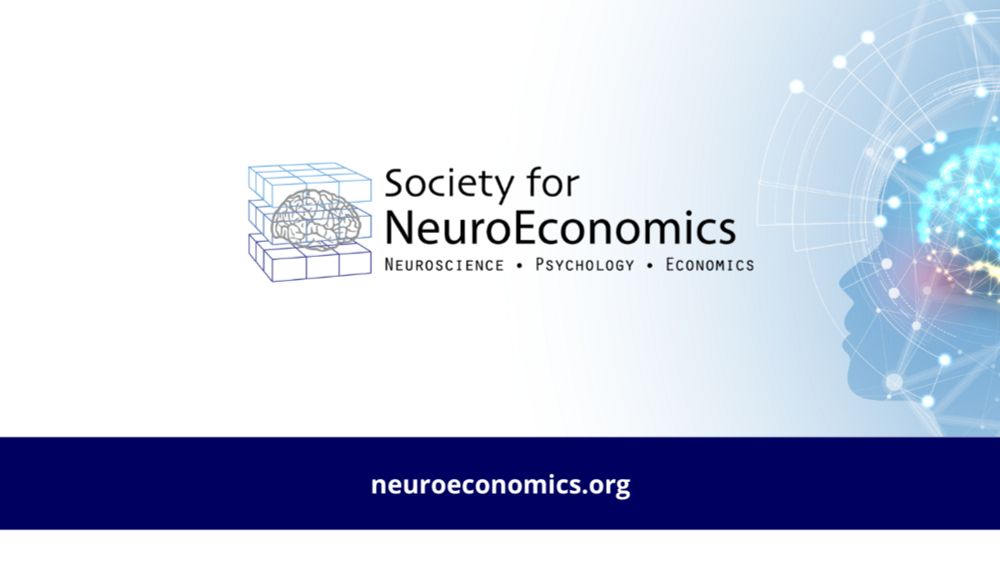
by Alex Imas
Reposted by: Alex Imas
Chicago Booth's @aleximas.bsky.social talks about perceptions of AI use in the classroom.
www.chicagobooth.edu/review/podca... #econsky
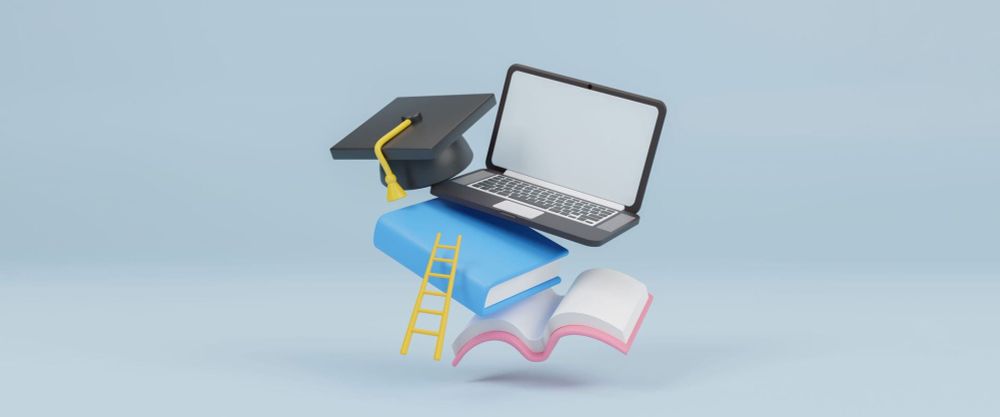
Reposted by: Alex Imas, Steven Glazerman, Cátia Batista , and 1 more Alex Imas, Steven Glazerman, Cátia Batista, Owen Ozier
Despite the bias against publishing null results, they are important for policy, helping to kill bad ideas.
I've highlighted some key examples we have featured on @voxdev.bsky.social: voxdev.org/topic/import...

Reposted by: Alex Imas
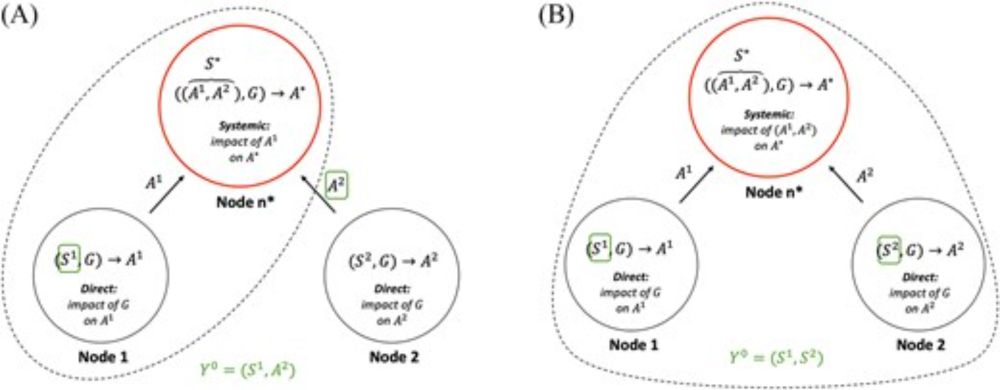
Reposted by: Alex Imas, Berk Özler
academic.oup.com/qje/article/...

Reposted by: Alex Imas
We're especially thrilled to celebrate the eleven Chicago Booth faculty on this list, among them CAAI Faculty Affiliate @aleximas.bsky.social!
news.uchicago.edu/story/twenty...?

Reposted by: Alex Imas
So a team of researchers came up with a solution: Give AI a way to evaluate and calibrate its own uncertainty, allowing a user to decide how much to trust a prediction. www.chicagobooth.edu/review/how-a...

by Eric J. Topol — Reposted by: Alex Imas
www.nytimes.com/interactive/...
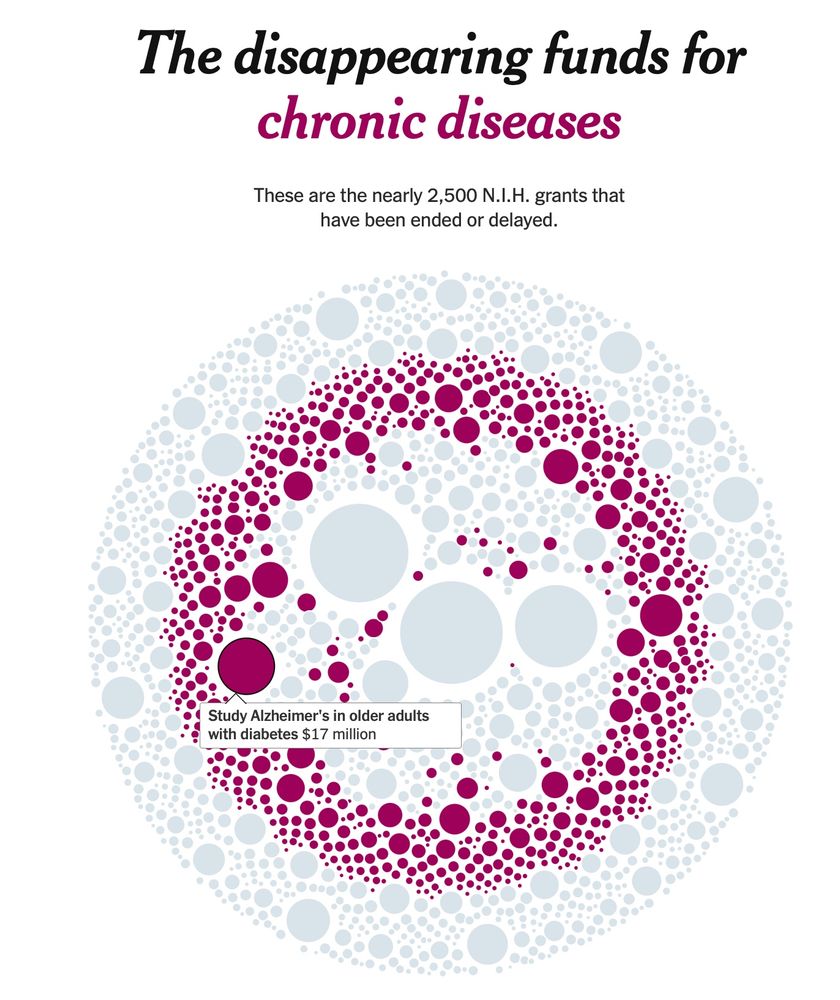
by Peter Bergman — Reposted by: Alex Imas, Avi Goldfarb, Raffaella Sadun , and 1 more Alex Imas, Avi Goldfarb, Raffaella Sadun, Simon Wiederhold
👇
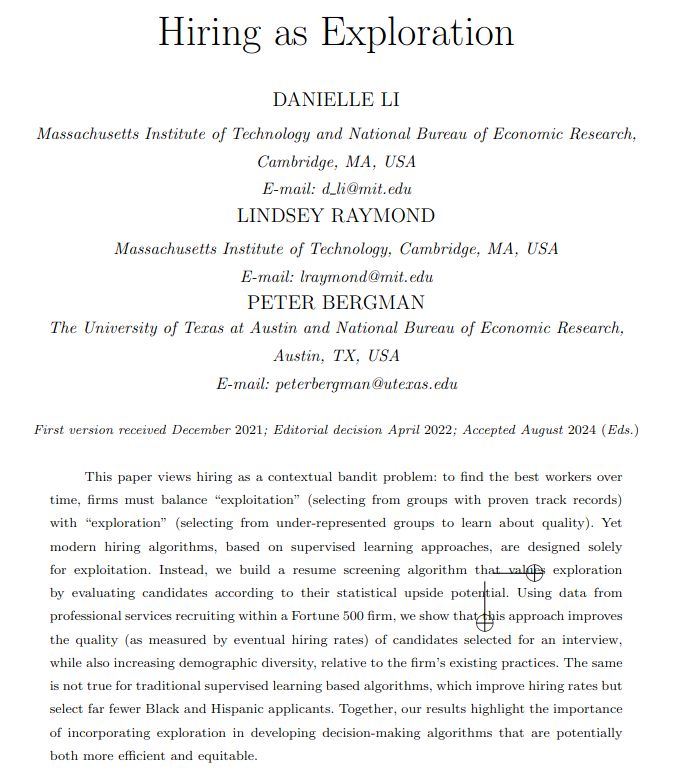
Reposted by: Alex Imas
Reposted by: Alex Imas
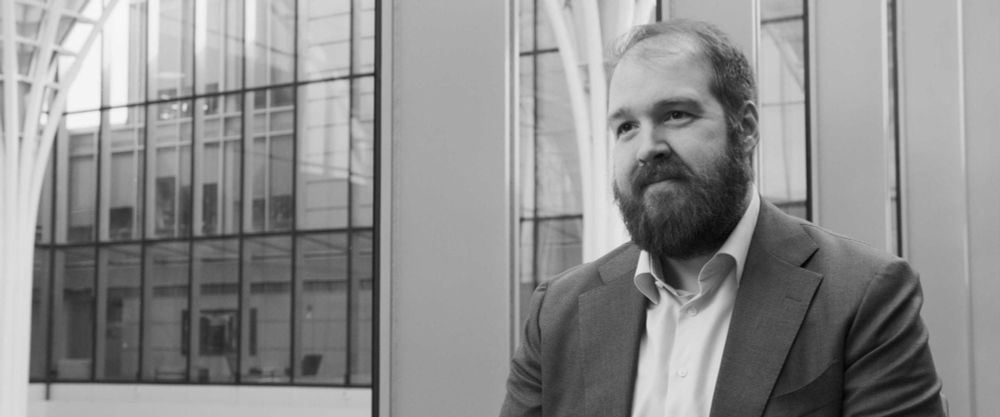
by Alex Imas
Reposted by: Alex Imas, Olivier Corneille
www.nature.com/articles/s41...
🧵
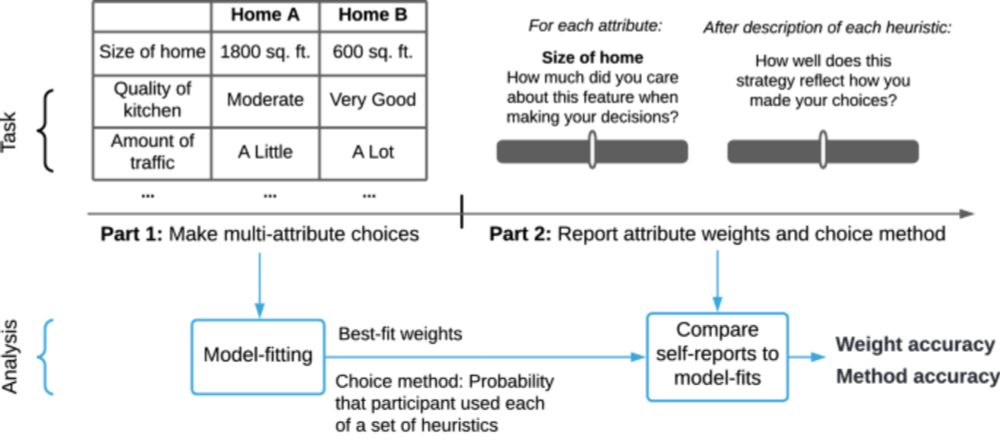
by Alex Imas
Are we underestimating AI use in self-report surveys?
Yes, by as much as 30 percentage pts. We find 60% self-reported vs. truth closer to ~90% (!!)
Why? Social desirability bias, people embarrassed/worried to admit AI use, so they underreport 🧵

by Alex Imas
But that tools such as the indirect questioning technique can help.
by Alex Imas

by Alex Imas

by Alex Imas
The most common response for own use was "not at all", while the most common response for others' use was "a moderate amount" followed by "a lot".

by Alex Imas
Instead of asking about one's own AI use, ask about AI use of friends in one's social circle...
by Alex Imas
by Alex Imas
Such social desirability bias--tendency to answer surveys in ways others view favorably--could bias estimates downwards...
by Alex Imas
Estimates of AI use vary wildly both between and within the same setting, making it hard to pin down true prevalence of AI use...

Reposted by: Alex Imas
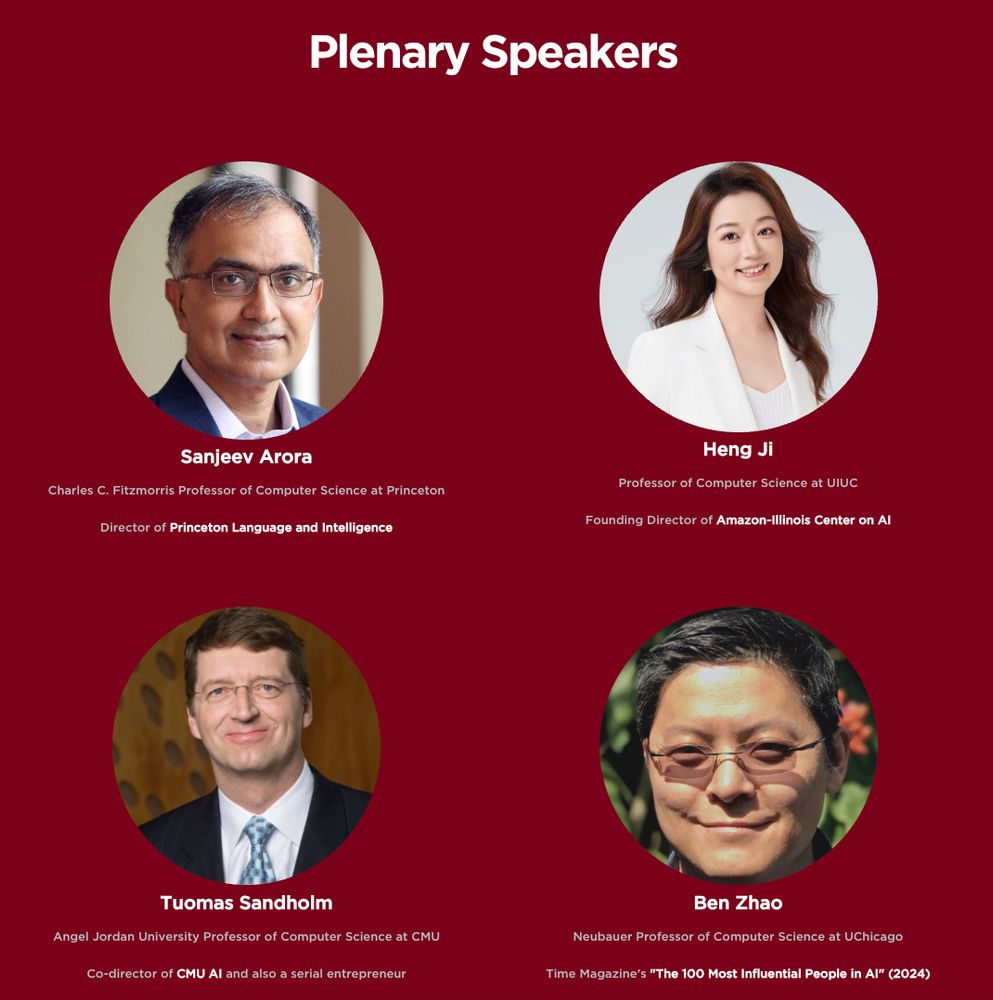
by Alex Imas
